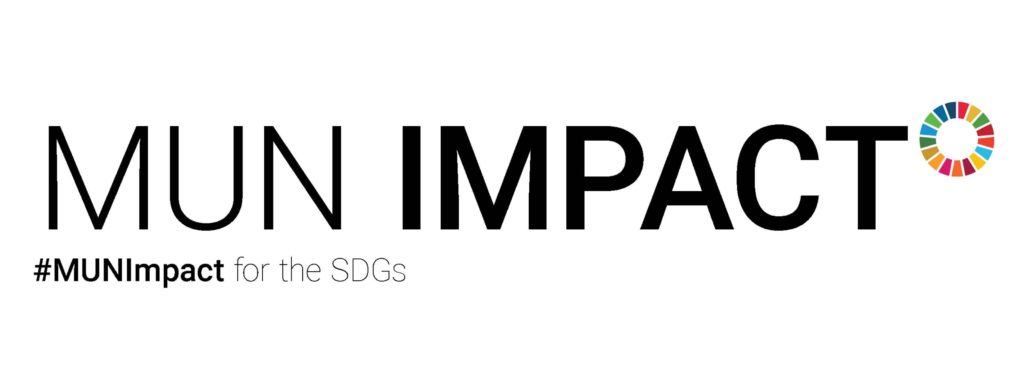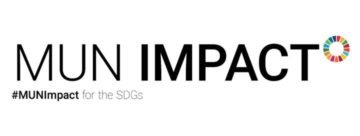BY AARUSHI PATNAIK, STAFF REPORTER
“No water, no life.No blue, no green.”
Amaya Ranatunge, a 17-year-old high school student from Sri Lanka is a diplomat of the South Asia region. Her workshop held on the 3rd of september, enthralled all attendees. Amaya has been involved in MUN for 5 years now, and is currently involved in a number of MUNI programmes.She is also on her path to be a law student and is a youth activist who wants to create an awareness about marine pollution through her stunning artworks and regular beach clean ups. Her workshops critically analyzed what marine pollution was and what were the ways and means to reduce it.
Why do the oceans and marine life hold a vital place in our environment?
Amaya explained that, as about 71% of the earth surface is covered with oceans, 91% of life on earth is aquatic with about 1.6 million different species. The ocean not only helps in maintaining the chemical and biological balance of life on earth but also helps in maintaining the resilience and resistance, disturbing prevention, nutrient cycling, greenhouse gas regulation, bioremediation of waste, food provision and ocean resources.
So, what is marine pollution?
According to National Geographic, marine pollution is a combination of chemicals and trash, most of which comes from land sources and is washed or blown into the ocean. This pollution results in damage to the environment, to the health of all organisms and the economic structures worldwide.
Marine pollution occurs due to the marine pollutants. Marine pollutants are materials which affect the biological process of marine ecology after being dumped into the water bodies. There are two main types of marine pollutants namely land based pollutants and sea based pollutants. Land based pollutants give rise to most of the waste that is 80% of waste which comes from pesticides, metallic wastes, plastic waste, oil and radioactive wastes. Sea based pollutants mainly are sewage and sediment plumes.
Amaya mentioned that there are two main types of marine pollution namely discrete pollution and chronic pollution. Discrete marine pollution remains for a short period of time, an accurate example would be an oil spill, the effects of which diminishes with time quickly and rapidly. Chronic marine pollution remains for a long period of time, an accurate example being nutrient input, effluent discharge, those of which the effects remain for a long time and sometimes forever and are highly dangerous and affect the oceans and water bodies ten times more than discrete marine pollution.
An artwork by Amaya Ranatunge
What are the human activities that lead to marine pollution?
Amaya mentioned that mostly all of the causes of marine pollution are occured due to human activities some of them are oil spills, ocean mining, excessive fishing, improper polythene and plastic disposal, releasing agricultural effluents, man made sedimentations and sand mining at beaches.
What are the effects of marine pollution?
- Destruction of marine ecosystems
Amaya elucidated that about 100 million marine animals die each year from plastic waste alone. 14,000 tons of plastic are ingested by the north pacific fish yearly.500 marine locations are now recorded as dead zones globally.1 in 3 marine mammal species are found entangled in litter.
- Causing of human health hazards
Maternal consumption of contaminated seafood may damage the developing brains, reducing IQ and increases children’s risk for autism, and also ADHD and learning disorders. For adults we see that it increases risk for cardiovascular disease and dementia.
- Causing unfavourable climate changes
This will lead to the sea level rise, increase in temperature level again leading to global warming and melting of polar regions, increase in carbon dioxide emission rate mainly due to the improper disposal of polythene and plastic.
Amaya specified that earlier she did not find herself as deeply concerned or interested in marine pollution until recently after learning the issue of the X-press pearl vessel. The X-press pearl had been carrying 25 tonnes of nitric acid, along with other chemicals and cosmetics, when it caught fire on 20 may. Many of the ship’s 1,486 containers tumbled down the sea before the huge blaze was put out. The ship contained 278 tonnes of bunker fuel and 50 tonnes of gas oil. There were also 20 tonnes full of lubricating oil. The destruction of the ship led to the death of hundreds of aquatic creatures in the Sri Lankan marine border.
Amaya shows us that anything is possible if you have the will to do it, she expresses her love for the ocean through her artwork which not only provokes us to take action but all the others out there. She is an inspiration to youngsters and she shows us that age really doesn’t matter, all that matters is action. At the end of the session Amaya quoted a few words by Dr.Earl, founder of mission blue “If you think the ocean isn’t important, imagine earth without it. Mars comes to mind. No ocean, no life support system.”
Amaya conducting beach clean ups
To watch the full session, click here.

